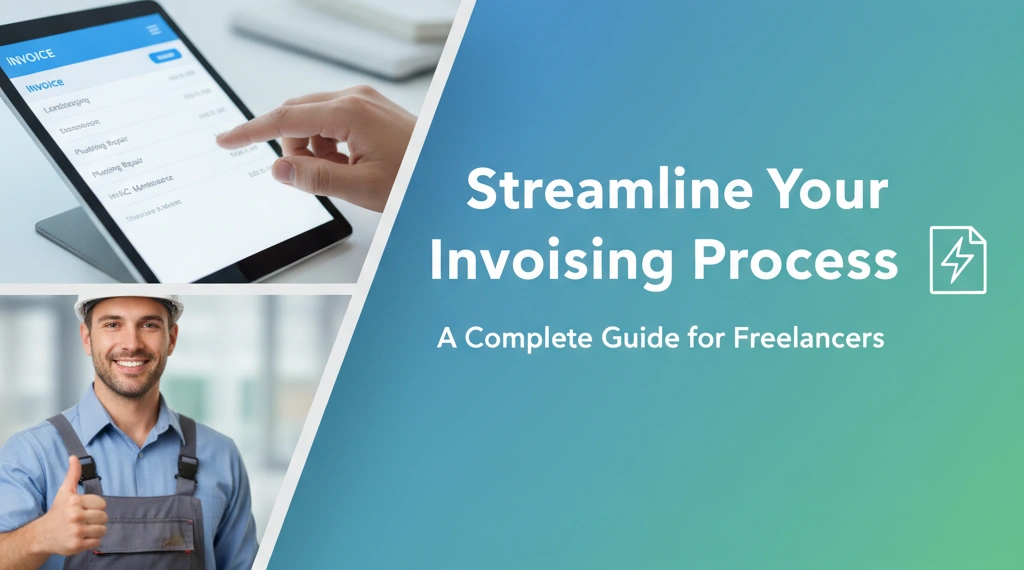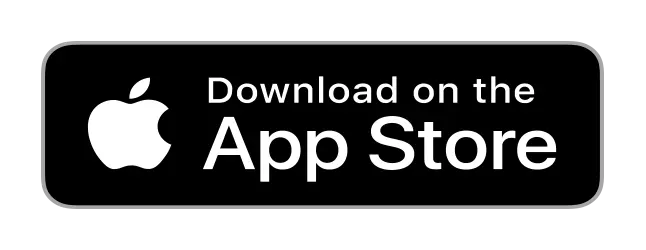
Master the art of efficient invoicing to get paid faster and maintain healthy cash flow. This comprehensive guide covers everything from invoice creation to payment collection strategies.
Invoicing is the lifeblood of any freelance business, yet many independent professionals struggle with inefficient processes that delay payments and create unnecessary stress. A streamlined invoicing system not only ensures you get paid promptly but also projects professionalism and builds stronger client relationships.
Whether you're just starting your freelance journey or looking to optimize your existing billing process, this guide will help you create a system that works seamlessly for both you and your clients.
Understanding the Fundamentals of Professional Invoicing
Professional invoicing goes beyond simply asking for payment. It's about creating a clear, comprehensive document that serves as both a payment request and a business record. Every invoice should tell a complete story of the work performed and value delivered.
The foundation of effective invoicing lies in establishing clear expectations from the beginning of each client relationship. This includes discussing payment terms, preferred payment methods, and invoicing frequency during your initial project negotiations.
Consistency in your invoicing approach builds trust and makes it easier for clients to process payments quickly. When clients know exactly what to expect and when to expect it, they're more likely to prioritize your invoices in their payment queue.
Essential Elements of a Professional Invoice
Every professional invoice should include specific elements that ensure clarity and legal compliance. Start with your business information, including your name or business name, address, phone number, and email address. This information should be prominently displayed at the top of your invoice.
Client information comes next, including their business name, contact person, billing address, and any relevant project or purchase order numbers they've provided. This helps ensure your invoice reaches the right person and gets processed efficiently.
The invoice body should contain:
- A unique invoice number for tracking purposes
- Invoice date and payment due date
- Detailed description of services or products provided
- Quantity, rate, and total amount for each line item
- Subtotal, applicable taxes, and final total
- Payment terms and accepted payment methods
Including project dates or reference numbers helps clients connect your invoice to specific work, making approval and payment processing faster.
Choosing the Right Invoicing Method
The method you choose for creating and sending invoices can significantly impact your efficiency and payment speed. While basic word processing software can create invoices, dedicated invoicing tools offer automation features that save time and reduce errors.
Modern invoicing applications provide templates, automatic numbering, recurring invoice capabilities, and payment tracking features. Many also integrate with accounting software, making tax preparation and financial reporting much simpler.
Consider factors like your volume of invoices, need for customization, payment processing requirements, and budget when selecting an invoicing solution. The right tool should grow with your business and adapt to changing needs.
Setting Up Efficient Invoice Templates
Creating standardized invoice templates eliminates the need to build each invoice from scratch. Your template should reflect your brand identity while maintaining professional appearance and including all necessary information fields.
Design your template with clear sections and logical flow. Use consistent fonts, colors, and spacing that align with your other business materials. Include your logo and contact information prominently, but ensure the invoice details remain the focal point.
Test your template with different types of projects to ensure it accommodates various billing scenarios. You might need separate templates for hourly work, project-based billing, or recurring services.
Establishing Clear Payment Terms
Payment terms set expectations for when and how clients should pay your invoices. Common terms include Net 15, Net 30, or payment upon receipt, but you can customize terms based on your cash flow needs and industry standards.
Be specific about late payment consequences, such as interest charges or service suspension. While you hope never to use these measures, having them clearly stated provides leverage when dealing with slow-paying clients.
Consider offering early payment discounts to encourage faster payment. A small discount for payment within 10 days can significantly improve your cash flow and is often worth the reduced revenue.
Automating Your Invoicing Workflow
Automation reduces manual work and ensures consistency in your invoicing process. Set up recurring invoices for regular clients, automatic payment reminders, and follow-up sequences for overdue accounts.
Many invoicing platforms integrate with time tracking tools, automatically pulling hours worked into invoice line items. This eliminates manual data entry and reduces billing errors that can delay payment.
Automated payment processing through integrated payment gateways can dramatically reduce the time between invoice delivery and payment receipt. Clients appreciate the convenience of paying immediately upon receiving an invoice.
Managing Invoice Tracking and Follow-up
Tracking invoice status helps you stay on top of outstanding payments and identify potential collection issues early. Maintain a system that shows invoice date, due date, amount, and current status for every outstanding invoice.
Develop a systematic follow-up process that begins before invoices become overdue. Send friendly reminders a few days before the due date, then escalate communication for overdue accounts.
Document all communication regarding overdue invoices. This creates a paper trail that may be necessary if you need to pursue formal collection action or write off bad debt for tax purposes.
Optimizing for Faster Payments
Several strategies can encourage clients to pay invoices more quickly. Send invoices immediately upon project completion or at regular intervals for ongoing work. The longer you wait to invoice, the longer you'll wait to get paid.
Make payment as convenient as possible by accepting multiple payment methods. Credit cards, bank transfers, and digital payment platforms like PayPal or Stripe give clients flexibility in how they pay.
Consider the timing of your invoice delivery. Research suggests that invoices sent on Tuesdays and Wednesdays often get processed faster than those sent on Mondays or Fridays.
Handling Common Invoicing Challenges
Scope creep and additional work requests can complicate invoicing if not handled properly. Address changes to project scope immediately, documenting additional work and associated costs before proceeding.
Disputed invoices require careful handling to maintain client relationships while protecting your interests. Listen to client concerns, provide detailed explanations of charges, and be willing to negotiate reasonable solutions.
For chronically late-paying clients, consider requiring partial payment upfront or shorter payment terms. While this may seem harsh, protecting your cash flow is essential for business sustainability.
Legal and Tax Considerations
Proper invoicing creates important business records for tax purposes and legal protection. Keep copies of all invoices, payment records, and related correspondence for the period required by tax authorities.
Understand your obligations regarding sales tax collection and remittance in your jurisdiction. Some services may be subject to sales tax, and you may need to register as a tax collector depending on your location and client base.
Include appropriate disclaimers and terms of service on your invoices to protect your interests. This might include late payment penalties, dispute resolution procedures, and intellectual property rights.
Building Long-term Client Relationships Through Professional Invoicing
Your invoicing process is often one of the most frequent touchpoints with clients, making it an opportunity to reinforce your professionalism and attention to detail. Consistent, accurate, and timely invoicing builds trust and confidence in your business practices.
Use invoice communications to provide project updates, express appreciation for the client relationship, or share relevant business updates. This transforms a purely transactional interaction into a relationship-building opportunity.
Be responsive to client questions about invoices and flexible when reasonable payment accommodations are needed. Understanding that businesses sometimes face cash flow challenges and working collaboratively on solutions can strengthen long-term partnerships.
Measuring and Improving Your Invoicing Performance
Track key metrics to evaluate your invoicing effectiveness. Monitor average payment time, percentage of invoices paid on time, and total outstanding receivables. These metrics help identify trends and areas for improvement.
Regular analysis of your invoicing data can reveal patterns about which clients pay promptly and which consistently pay late. Use this information to adjust payment terms or collection strategies for specific clients.
Continuously refine your invoicing process based on client feedback and your own experience. Small improvements in efficiency or clarity can have significant impacts on your cash flow and client satisfaction over time.
Streamlining your invoicing process is an investment in your business's financial health and professional reputation. By implementing systematic approaches to invoice creation, delivery, and follow-up, you'll spend less time on administrative tasks and more time focusing on the work you love while ensuring steady cash flow to support your freelance success.

